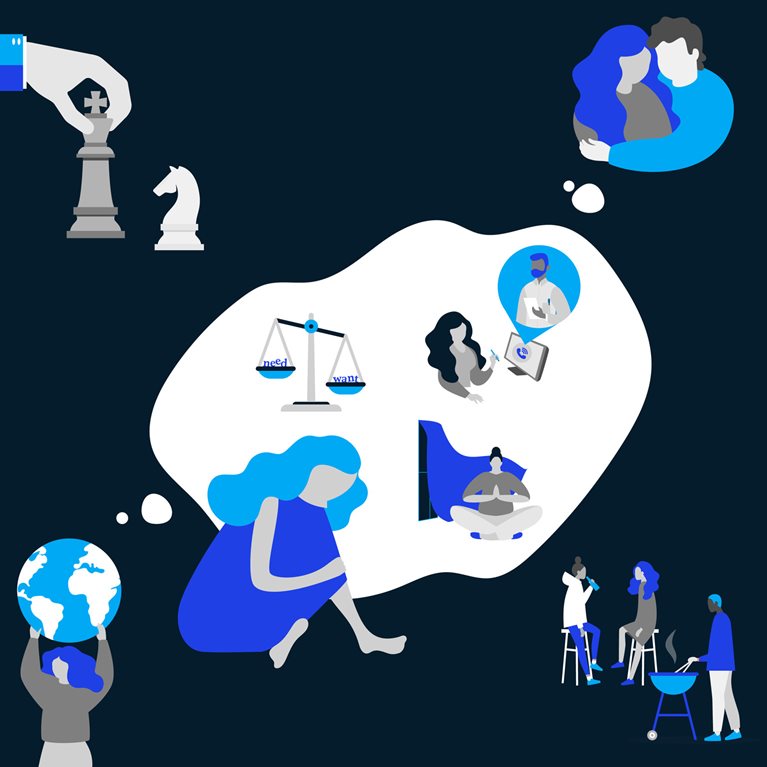When the coronavirus outbreak swept away life as we knew it earlier this year, we entered a strange, transitional state. Even as people around the world have coped with the day-to-day stresses of the crisis, they’ve also wondered: What will life be like in the next normal, and when will that next normal arrive?
“The New Possible” is our effort to grapple with those questions. For several weeks, we spoke with dozens of people—mothers and fathers, artists and scientists, the young and the old—across eight countries. They opened their lives to us, shared stories of their struggles and solaces, and helped us gain new perspectives on how the crisis is shaping us.
The impact of the coronavirus has been manifold, affecting lives and livelihoods in ways that have not been uniform, or even fully realized. We know that COVID-19 has created a broad spectrum of challenges that will persist and continue to shape so many aspects of our lives and livelihoods. In reporting on our research, we told a diverse array of personal stories.
People told us about their challenges with working from home. They shared their concerns about their financial futures. Always, the virus loomed. Nearly everyone we spoke with worried about getting sick or seeing family and friends succumb to illness. Many did lose their loved ones. Each story gave us a glimpse into the psychological and emotional toll this crisis is exacting.
At the same time, these conversations were often heartening. People told us that they’re reevaluating their priorities and re-thinking what makes them happy and fulfilled. Schedules that were once jammed with long commutes and even longer days at the office have loosened up—and filled up with family and friends. People are discovering new passions they plan to never give up.

This hopeful vision of a better, if undefined, tomorrow inspired the title of our project. This work was never about predicting the future or looking past the very real tragedies and hardships this crisis has created. Rather, we felt—and still feel—optimistic about the future that awaits all of us. We embrace its potential and look forward to how we might make the most of this new possible.
Doing so, we’re convinced, will take great leadership. Our hope is that the work has inspired people in charge of companies and governments to look beyond the data and reflect on this crisis in personal terms. We hope they will consider people’s dreams and fears, and use empathy when shaping individuals’ futures.
We want to thank the many people who worked with us on this project, especially the participants around the world. It's only because they were open and forthright about their experiences during this crisis that we could share their stories with you.
This is our last diary entry. Thank you for reading. For a deeper look into the research we conducted for this series, visit The Emotion Archive, which lets you explore the reflections of 122 people during the pandemic. And to get all of our stories about how the COVID-19 crisis is shaping the way we live, work, and feel, please to go our collection page for The New Possible. Have your own story to share? Email us at new_possible@mckinsey.com.